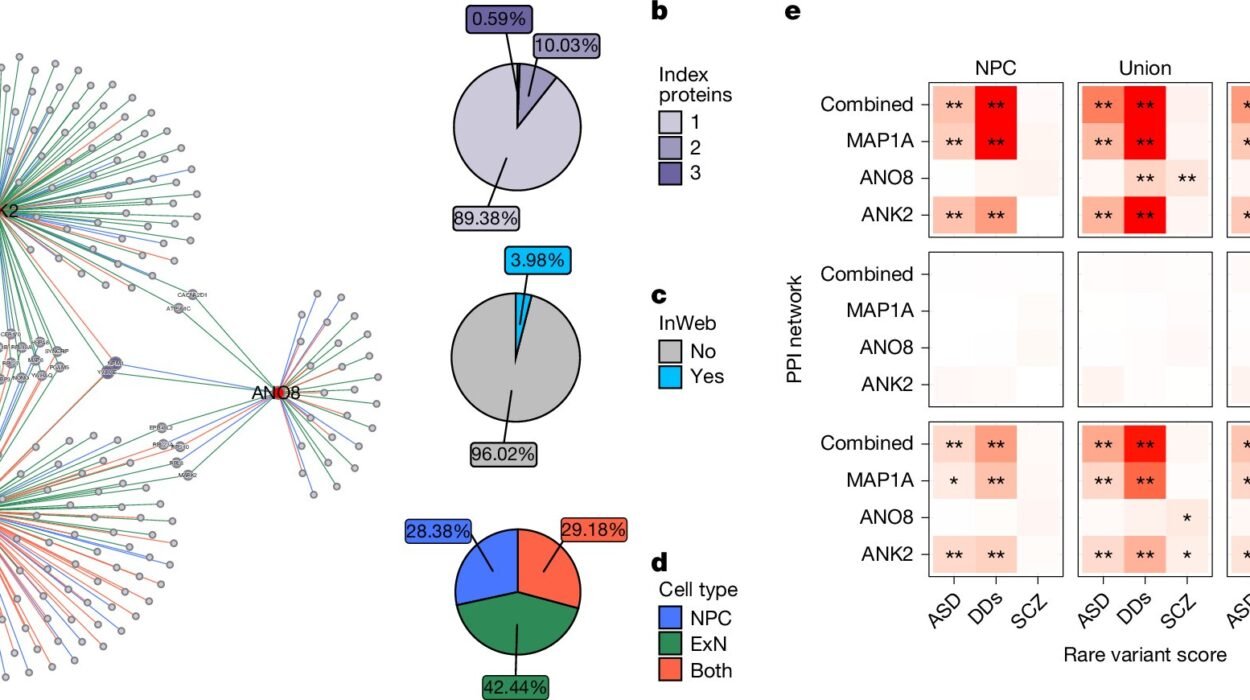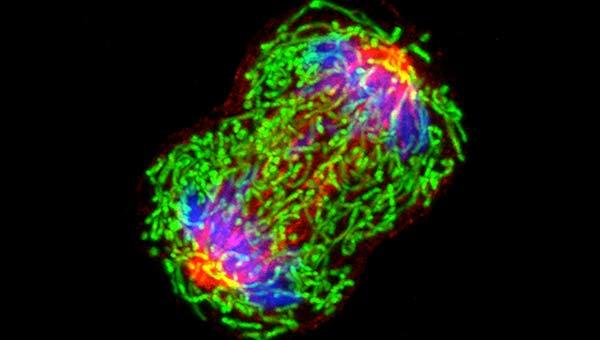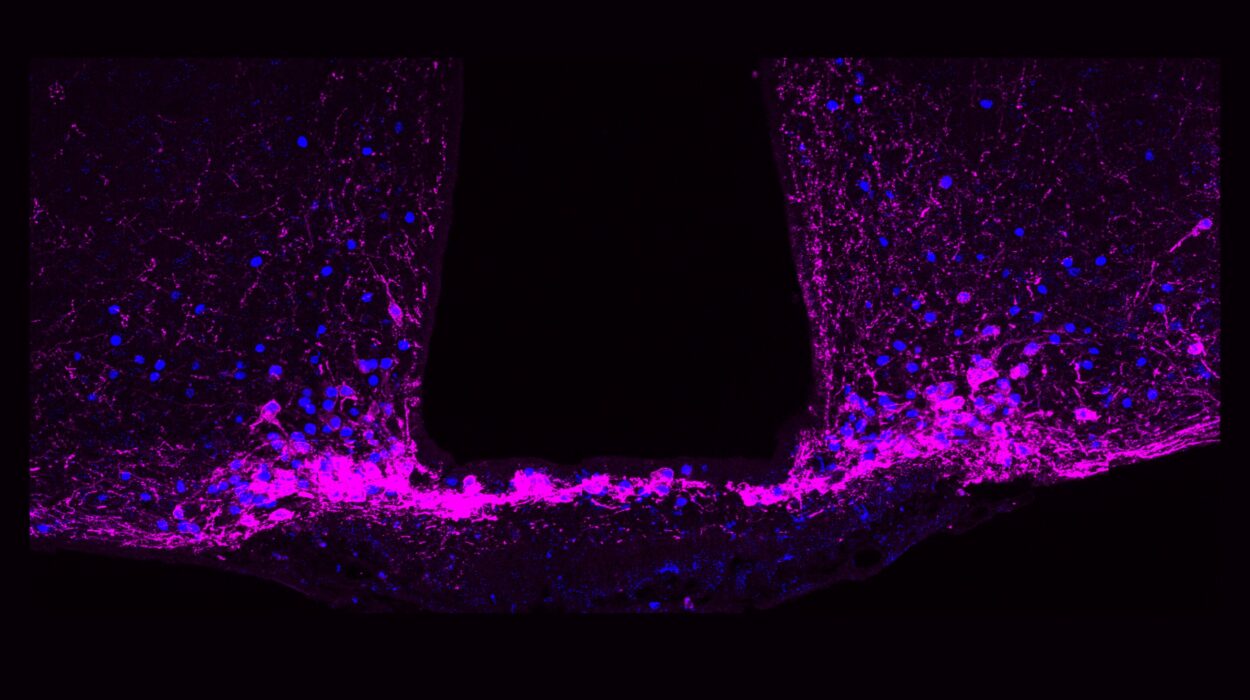From the moment we open our eyes as newborns, our brains begin an extraordinary process—absorbing, shaping, and storing information about the world around us. We are learning machines by design, and this process doesn’t stop until our very last breath. Every sight, every sound, every conversation subtly alters the structure of our brains. This is the essence of the neuroscience of learning: the study of how neurons, synapses, chemicals, and brain networks create the magic of acquiring knowledge.
Learning isn’t simply a matter of memorizing facts; it is the rewiring of a living organ. Inside your skull, billions of neurons connect and disconnect, strengthening some pathways and weakening others. Each time you practice a skill or recall a piece of information, you change the physical structure of your brain—a process neuroscientists call plasticity. If the heart keeps us alive, the brain ensures we live with purpose, direction, and adaptation.
The Architecture of Thought
To understand the neuroscience of learning, we first need to appreciate the brain’s architecture. At its most basic level, the brain is made up of neurons—specialized cells that communicate through electrical and chemical signals. These neurons form networks that are the backbone of every thought, memory, and skill.
A neuron receives incoming signals through branching structures called dendrites, processes these signals in the cell body, and sends outgoing messages through a long fiber called an axon. At the end of the axon, neurotransmitters—chemical messengers—cross a tiny gap called the synapse to stimulate another neuron. This transfer of information happens in milliseconds and can occur hundreds of times per second.
But neurons don’t work in isolation. Regions of the brain coordinate to handle different aspects of learning. The hippocampus, buried deep in the temporal lobe, acts as the librarian of our memories, taking in new experiences and indexing them for future retrieval. The prefrontal cortex, just behind the forehead, helps us plan, focus, and make decisions, ensuring our learning is applied in purposeful ways. The cerebellum, traditionally known for its role in movement, also contributes to learning patterns, sequences, and timing—skills essential for both athletes and musicians.
The First Imprint: How Experiences Leave a Trace
The process of learning often begins with sensory input. A new concept, a striking image, a melody—these experiences are processed by specialized sensory areas of the brain. The visual cortex decodes images, the auditory cortex interprets sounds, and other sensory areas interpret touch, taste, and smell. Once an experience has entered the brain through these gateways, it can trigger a cascade of neural activity that determines whether the information will be remembered or forgotten.
In the early moments of learning, the brain operates in what could be called the “encoding phase.” Encoding is the process of translating experiences into a form the brain can store. Here, attention plays a decisive role. Without focus, the brain’s encoding machinery barely activates. Neuroscientists often say that attention is the currency of learning—what you pay attention to, you “buy” into your neural architecture.
The hippocampus is critical in this stage. It links the incoming experience with existing networks of knowledge, giving it context and meaning. For example, if you learn the word “photosynthesis” for the first time, your hippocampus may link it to previous knowledge about plants, sunlight, or biology classes. This web of associations strengthens the likelihood that the information will endure.
The Chemistry of Curiosity
Neuroscience has revealed that learning is profoundly influenced by neurochemicals—molecules that modulate the activity of neurons. Dopamine, often mischaracterized as the “pleasure chemical,” plays a key role in motivation and reward. When you encounter something new or achieve a small success while learning, dopamine surges, making the experience more rewarding and encouraging you to repeat it. This is why gamified learning or the joy of solving a puzzle can be so addictive—your brain is literally giving you a biochemical high.
Acetylcholine is another important player. It helps sharpen attention and enhances the encoding of new memories. In fact, when scientists temporarily block acetylcholine in animals, their ability to learn new tasks drops dramatically. Glutamate, the brain’s primary excitatory neurotransmitter, is essential for long-term potentiation (LTP), a process that strengthens synaptic connections and is considered the cellular foundation of memory.
Equally important are stress-related chemicals like cortisol. A moderate level of stress can enhance learning by sharpening focus and increasing alertness. However, chronic or extreme stress floods the brain with too much cortisol, damaging hippocampal neurons and impairing memory formation. This delicate balance is why high-pressure learning environments can sometimes hinder, rather than help, retention.
Plasticity: The Brain’s Ability to Change
Perhaps the most awe-inspiring feature of the human brain is its neuroplasticity—its capacity to change its structure and function in response to experience. Every time we learn something new, neurons form new connections, and existing connections become stronger or weaker depending on their use.
This plasticity is not limited to childhood, although the brain is most malleable during early development. Adults, too, can reshape their brains through deliberate practice and sustained effort. Studies on London taxi drivers, who must memorize thousands of streets for “The Knowledge” exam, show that their hippocampi are measurably larger than those of non-taxi drivers. This is physical evidence of learning etched into the brain’s anatomy.
Plasticity operates through two main mechanisms: synaptic plasticity and structural plasticity. Synaptic plasticity refers to changes in the strength of connections between neurons, while structural plasticity involves the growth or pruning of dendrites, axons, and even new neurons—a process called neurogenesis, which occurs primarily in the hippocampus. The more we challenge our brains with novel, engaging, and complex tasks, the more we stimulate these mechanisms.
Sleep: The Unsung Hero of Memory
One of the most fascinating discoveries in neuroscience is the role of sleep in learning. While we rest, the brain is far from inactive. It replays and consolidates the day’s experiences, transferring memories from temporary storage in the hippocampus to more durable storage in the cortex. This process strengthens the neural connections that were activated during learning and prunes away less important information.
Different stages of sleep contribute to different types of learning. Deep slow-wave sleep is crucial for consolidating factual and declarative memories, such as vocabulary or historical facts. Rapid Eye Movement (REM) sleep, often associated with vivid dreams, enhances procedural memory and creativity, allowing the brain to make unexpected associations between ideas.
Depriving yourself of sleep after studying is like pressing “save” on a computer and then cutting the power halfway through. The information simply doesn’t make it into long-term storage effectively. This is why pulling all-nighters often leaves students feeling foggy and forgetful, despite hours of study.
Emotion’s Grip on Learning
It is impossible to discuss the neuroscience of learning without acknowledging the powerful influence of emotion. The amygdala, a small almond-shaped structure deep in the brain, plays a central role in emotional processing and interacts closely with the hippocampus. Emotional experiences—whether joyful, frightening, or deeply moving—are encoded more strongly than neutral ones.
This is why we often remember where we were during significant events in our lives, even years later. Emotionally charged experiences release stress hormones and neurotransmitters that make the hippocampus work overtime, ensuring the memory is deeply embedded. Teachers, coaches, and communicators who can create emotionally engaging learning environments tap into this neurological advantage.
The Social Brain and Collaborative Learning
Humans are inherently social creatures, and our brains evolved in the context of group living. Social interaction itself can be a powerful driver of learning. When we teach others, discuss ideas, or solve problems collaboratively, we activate brain networks involved in language, empathy, and perspective-taking.
Mirror neurons, found in areas like the premotor cortex, fire both when we perform an action and when we observe someone else performing it. This mirroring mechanism may underlie our ability to learn through imitation and to understand the intentions and emotions of others. In a classroom, this means that observing a peer successfully solve a problem can strengthen our own ability to solve it.
The Digital Age and the Learning Brain
Modern neuroscience is increasingly concerned with how digital technology affects learning. The constant stream of notifications, fast-paced content, and multitasking opportunities is shaping attention patterns in unprecedented ways. While the internet has expanded access to information, it may also encourage superficial engagement, reducing the depth of encoding into long-term memory.
Neuroimaging studies suggest that multitasking can fragment attention, forcing the brain to rapidly switch between tasks rather than processing them in parallel. This “task-switching” has a cognitive cost, lowering both speed and accuracy in learning. The challenge for 21st-century learners is to harness technology’s benefits while protecting the brain’s ability to focus deeply.
The Lifelong Learner’s Brain
One of the most encouraging insights from neuroscience is that it is never too late to learn. The adult brain retains the ability to form new connections, grow new neurons, and adapt to new challenges. Engaging in lifelong learning—whether through reading, acquiring new skills, or exploring unfamiliar ideas—keeps the brain flexible and resilient.
Cognitive reserve, the brain’s resilience to damage from aging or disease, appears to be strengthened by education, intellectual engagement, and social activity. People with higher cognitive reserve can sustain more brain pathology before showing symptoms of decline. In other words, learning throughout life doesn’t just enrich the mind—it protects it.
The Future of Learning Neuroscience
The field of learning neuroscience is still young, but advances in brain imaging, molecular biology, and computational modeling are rapidly expanding our understanding. Scientists are exploring how brain stimulation techniques like transcranial direct current stimulation (tDCS) might enhance learning, or how personalized education could be designed around an individual’s unique brain profile.
There is also growing interest in how artificial intelligence can mimic or support human learning. By studying the brain’s learning algorithms, computer scientists hope to create machines that learn more like humans do—while educators hope AI can, in turn, help humans learn more effectively.
The Poetry of Synapses
At its core, the neuroscience of learning is a story of transformation. A brain is not a static thing—it is a river of electricity and chemistry, flowing and reshaping itself in response to the currents of experience. Every conversation, every page read, every skill practiced leaves its fingerprint on the neural landscape. And this process is not just mechanical—it is deeply human, tied to our emotions, relationships, and ambitions.
The more we understand the brain’s learning processes, the better we can nurture them. Whether we are teaching children, training athletes, rehabilitating patients, or simply trying to better ourselves, the neuroscience of learning reminds us that change is always possible. The mind you have today is not the mind you must have tomorrow. Learning is not just something we do—it is who we are.






